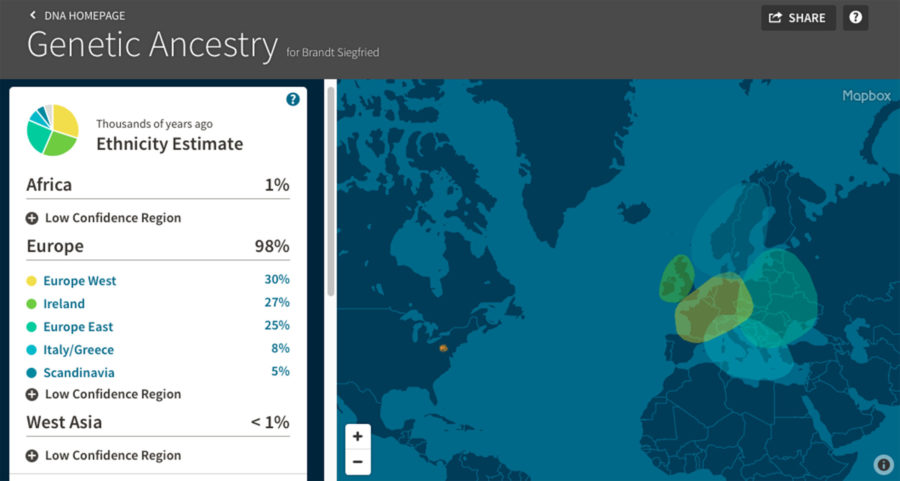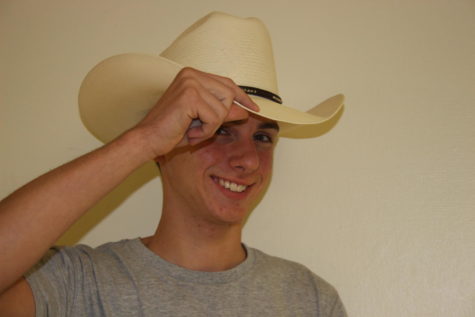Don’t trust the DNA
April 17, 2017
As a history buff, my family history is important to me. I’ve always been curious about my roots, and I’ve always intended to discover more about them. Last year, I finally decided to start searching for more.
I used my living relatives, available records and Google to try to discover where my ancestors came from. Unfortunately, the thing with family history is that your tree grows at an exponential rate. Post-it notes stuck to my family’s largest window could only organize me a few generations before the sunlight was obstructed by a sea of names and dates on 3×5 paper squares.
On that day, I became a user at ancestry.com. For free, users can input the names and dates of ancestors to create a comprehensive family tree. For a monthly fee, members can access Ancestry’s database of records, dating back centuries. I was a satisfied customer for several months, but I still wanted more. That’s when Ancestry DNA steps in.
For $99, anyone can order a DNA testing kit. A small box arrives in your mailbox containing a sealable tube for saliva, a testing solution and a registration number. You must create an account with Ancestry to link the tube to you, then simply mail it back (after you’ve filled it) in a prepaid box.
Ancestry will email you when your sample is received, when lab processing begins and when your results are available. Turnaround time varies by time of year. My sample took approximately eight weeks to process from the date of receipt. The results are laid over a map of the world, with the regions with your DNA highlighted. A side bar displays the ethnic percentages your DNA is estimated to be and regions with traces of your DNA are circled. The format of the data is easy to read, and information about the history of the different ethnicities is available. Another feature allows you to see other users that are likely to be related to you. My grandmother, who also completed Ancestry DNA, was even estimated to be my first cousin!
At the end of the day, Ancestry DNA is a very cool tool, but it’s misleading. Ancestry and other genetic testing services like “23andMe” want you to think that they can tell you what percentage of each ethnicity you are, but unfortunately that’s impossible to do. Your DNA results can seem accurate to the information you have and they can point you in the right direction, but they are by no means an accurate representation of your ethnicity. The way Ancestry projects a percentage is by comparing it to people with established roots in a region.
For example, I am estimated by Ancestry to be 25 percent East European. This number is derived by comparing the similarity of my DNA to people who have resided in that region for centuries. I know I have ancestors from Poland, which explains the result, but I do not have “Polish” genes. I just have genes that Polish people have, but it doesn’t necessarily mean I’m Polish. I simply know that through other research. Ancestry also told me with “low confidence” that I am one percent Southeastern African Bantu. I have no African ancestors to my knowledge, and this is most likely explained by genetics. By sheer happenstance, I most likely inherited a few genes that commonly appear within this ethnic group. This is random, and occurs frequently.
Overall, Ancestry DNA is a cool service. It gives everybody a place to start in terms of studying who they are, and creates a unique avenue to discover lost relatives. I certainly enjoyed the opportunity to do the test, but I’m still left with a longing for something more. Perhaps that’s because there isn’t anything more. Very few people have the benefit of knowing exactly who they are, but I’m trying and I will find more, because there always is more. It’s up to you to find it.



















![Movie poster for '[Rec]" (2007).](https://www.lionnewspaper.com/wp-content/uploads/2023/04/rec-640x900.jpg)



